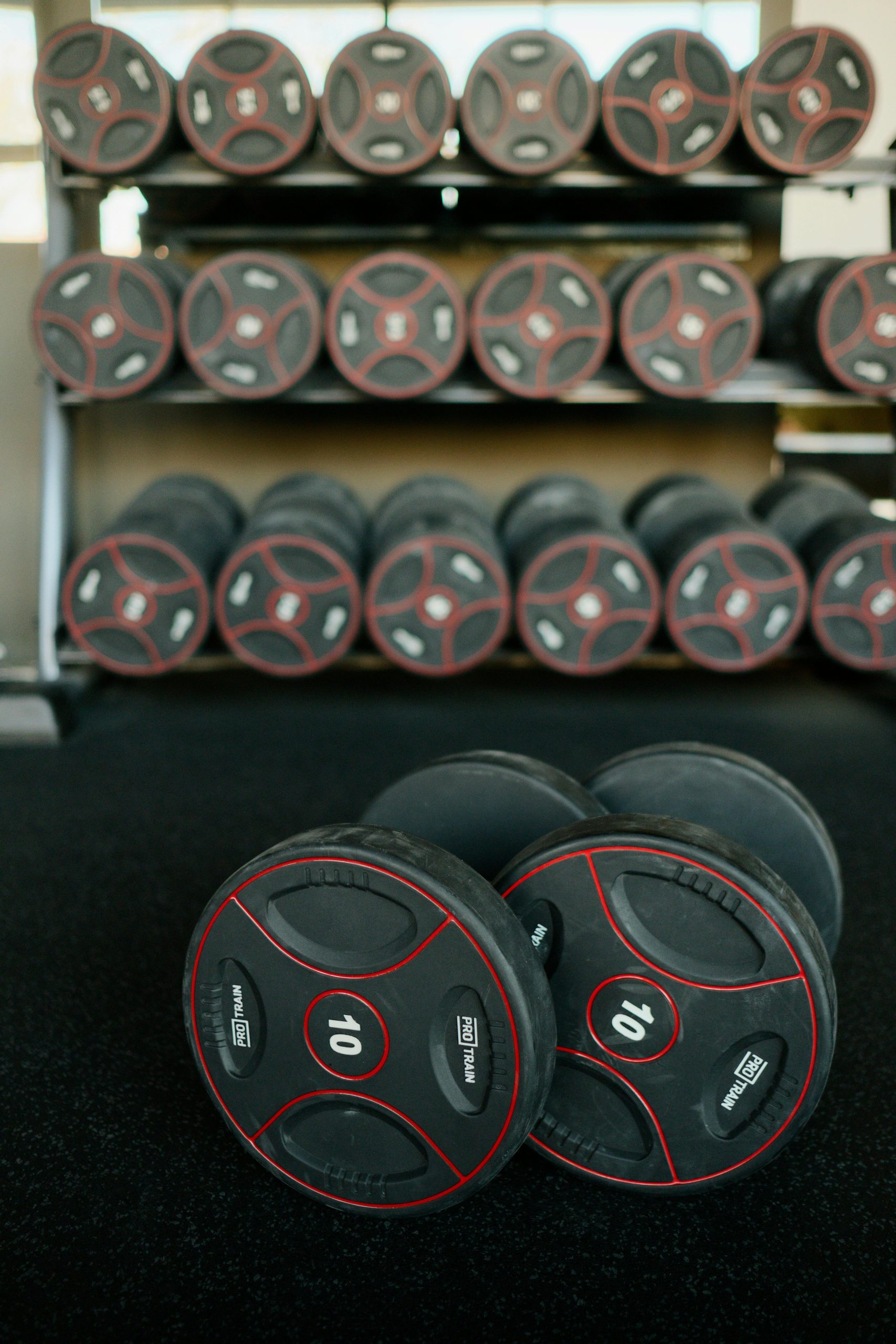Losing weight doesn’t have to mean starving yourself or cutting out entire food groups. The key to sustainable weight loss is building a balanced diet that nourishes your body while creating a calorie deficit. A well-structured diet keeps you energized, supports metabolism, and helps you shed pounds without feeling deprived. Here’s how to create a balanced diet for effective weight loss in simple, actionable steps.
Understand the Basics of a Balanced Diet
A balanced diet includes the right proportions of macronutrients—proteins, carbohydrates, and fats—along with essential vitamins and minerals. Each plays a unique role in weight loss:
- Proteins: Keep you full, preserve muscle mass, and boost metabolism. Include lean meats, fish, eggs, beans, and dairy.
- Carbohydrates: Provide energy. Opt for complex carbs like whole grains, vegetables, and fruits instead of refined sugars.
- Fats: Support hormone function and satiety. Focus on healthy fats from avocados, nuts, seeds, and olive oil.
Balancing these nutrients ensures steady energy levels and prevents cravings that can derail your progress.
Prioritize Whole, Nutrient-Dense Foods
Processed foods are often high in empty calories, sugar, and unhealthy fats, making weight loss harder. Instead, fill your plate with whole foods that offer maximum nutrition per calorie:
- Vegetables: Low in calories but high in fiber, vitamins, and minerals. Aim for a variety of colors.
- Lean proteins: Chicken, turkey, tofu, and legumes help maintain muscle while burning fat.
- Whole grains: Brown rice, quinoa, and oats provide long-lasting energy and fiber.
- Healthy fats: Nuts, seeds, and fatty fish like salmon support brain and heart health.
By choosing nutrient-dense foods, you naturally reduce calorie intake without feeling hungry.
Control Portions Without Deprivation
Even healthy foods can contribute to weight gain if portions are too large. Use these strategies to manage portions effectively:
- Use smaller plates: Trick your brain into feeling satisfied with less food.
- Measure servings: Learn standard portion sizes (e.g., a serving of meat is about the size of a deck of cards).
- Eat mindfully: Slow down, chew thoroughly, and avoid distractions to recognize fullness cues.
Portion control helps create a calorie deficit while still allowing you to enjoy your meals.
Stay Hydrated and Limit Liquid Calories
Hydration is crucial for weight loss—it aids digestion, curbs hunger, and boosts metabolism. However, sugary drinks can sabotage your efforts. Follow these tips:
- Drink water: Aim for at least 8 glasses daily. Add lemon or cucumber for flavor.
- Avoid sugary beverages: Sodas, juices, and fancy coffee drinks pack hidden calories.
- Limit alcohol: Alcohol is calorie-dense and can lower inhibitions, leading to overeating.
Sticking to water and herbal teas keeps calorie intake in check while supporting overall health.
Plan and Prep Meals for Success
Spontaneous eating often leads to unhealthy choices. Meal planning ensures you stay on track:
- Batch cook: Prepare proteins, grains, and veggies in advance for easy assembly.
- Pack healthy snacks: Keep nuts, yogurt, or cut-up veggies handy to avoid vending machine temptations.
- Track your intake: Use a food journal or app to monitor calories and nutrients.
Planning removes guesswork and helps you stick to your weight loss goals.
Building a balanced diet for weight loss isn’t about strict rules—it’s about making smarter choices that fuel your body and promote fat loss. By focusing on whole foods, controlling portions, staying hydrated, and planning ahead, you can lose weight effectively without feeling deprived. Start with small changes, stay consistent, and watch the results add up over time.
